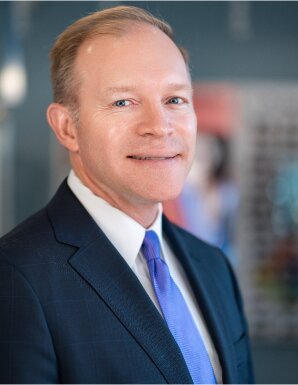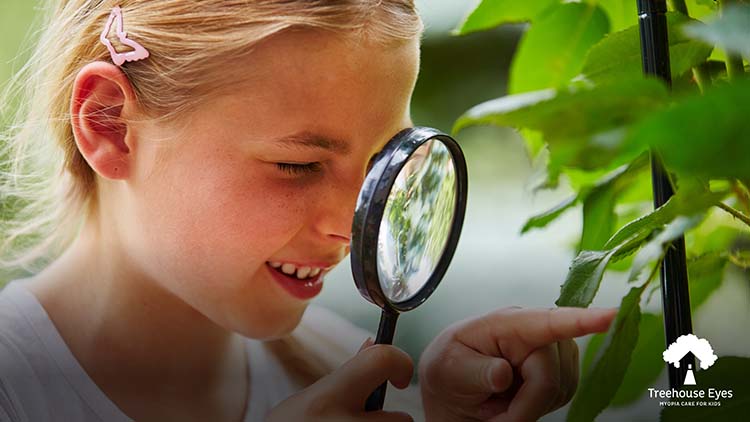When it comes to common vision disorders, myopia and hyperopia are often confused. In the
article, we’ll dive deep into these distinct vision impairments, understand their distinctive
characteristics, and explore current treatment modalities.
Understanding Myopia and Hyperopia
Myopia, also referred to as nearsightedness, is a vision condition whose symptoms are blurry
distance vision. This is a result of the eye growing too long from front to back leading to blurry
vision when looking at faraway objects.
On the other hand, hyperopia, or farsightedness, is the opposite. Distant objects are clear, but
those up close appear blurry. This condition occurs when the eye is too short from front to back,
or the cornea is too flat, leading to light focusing behind the retina.
Diagnosis and Differences
The diagnosis of both conditions involves scheduling a routine eye exam – especially one
trained to spot myopia like the doctors at Treehouse Eyes. These exams include visual acuity
tests, refraction assessments, and eye health evaluations. Be sure that your eyecare provider is
measuring your child’s axial length to ensure an accurate diagnosis of myopia. Axial length will
measure how long the eye is front to back.
Notably, the critical difference between myopia and hyperopia lies in their distinct symptoms and
the way they affect vision. People with myopia often have difficulty viewing road signs, and
whiteboards, or watching a movie at a cinema or at home. In contrast, those with hyperopia may
struggle with tasks like reading, using a smartphone, doing homework, and other times where
closer vision is necessary.
Treatment Modalities
Fortunately, both myopia and hyperopia are manageable with several treatment options. The
key for both, but especially myopia, is early detection and treatment. Myopia is a disease that
typically develops in children (ages 6 – 12) and continues through puberty until the child stops
growing. This can sometimes be well into adulthood (25 years old in some cases) which is why
early treatment and prevention are key to slowing or stopping the progression of myopia.
For children, orthokeratology, or Ortho-K, is a potential treatment. It involves the use of specially
designed gas-permeable contact lenses that temporarily reshape the cornea to help treat your
child’s myopia. Recent studies suggest that certain types of multifocal contact lenses may slow
the progression of myopia in children. Furthermore, low-dose atropine eye drops have shown
promising results in minimizing the advancement of myopia.
Conclusion
Understanding the differences between myopia and hyperopia is vital in recognizing the need
for a timely eye exam and appropriate treatment. Through modern optometry, children are now
able to receive the treatment and care they need to improve their vision and quality of life.
Remember, regular eye examinations are critical to detect any visual impairments at an early
stage. If your child is experiencing any changes in their vision, contact your local Treehouse
Eyes doctor.
Let Treehouse Eyes Help Your Child Manage Myopia
Treehouse Eyes’ doctors use modern equipment to develop personalized treatment plans for
your child. Our treatment plans include special prescription eye drops and customized daytime
and overnight contact lenses. Treehouse Eyes doctors determine which treatment plan works
the best for your child at your initial consultation. Schedule a consultation now to find out more

Dr. Chris Browning is a Greenwood native, who has been serving the community through glaucoma care and myopia management. He studied at Indiana University Bloomington and the Indiana University School of Optometry. As he has severe nearsightedness himself, Dr. Browning is passionate about helping others to achieve excellent vision.

